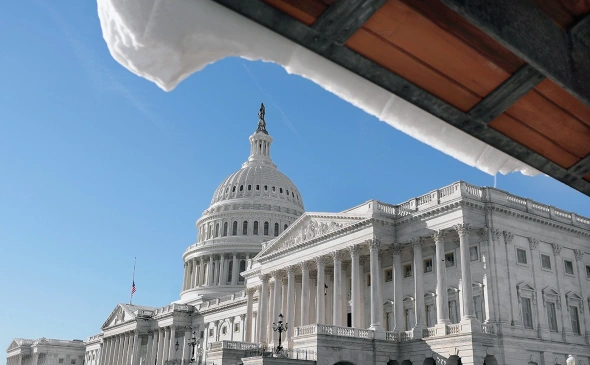Bloomberg sees risk of US Congress shifting to Republicans in 2030

Bloomberg: Democrats will lose seats in U.S. Congress due to population growth in Texas and Idaho
Population changes in U.S. states threaten to strengthen Republicans in Congress if the current momentum continues. The Democratic California and New York risk having fewer congressmen, while Texas and Florida – on the contrary, more.
The distribution of seats in the U.S. Congress will greatly shift to the traditionally “red” Republican states by 2030, if the current demographic trends persist. It writes Bloomberg with reference to the latest estimates of the population of the states, made by the government of the country.
Population migration within the U.S., which has been heavily influenced by the coronavirus pandemic, could have more lasting effects on Congress than it seems, the agency noted. Those trends have the potential to grow unexpectedly, said Kimball Brace, head of Election Data Services, the firm that does political analysis of the census. He urged caution, however, about making predictions based on the data.
If you count the congressional seats based on the 2022 data, the number of congressmen from Florida would rise to 29 seats in the House (now 28), Arizona and Idaho would add one seat each (now one and nine), and Texas would become 39 representatives (now 38). Texas has already added two seats after recounting the seats – based on data from the last census in 2020.
California would lose one seat (now 52). In 2022, it already had one congressional seat taken away from it – the first time since 1849, when it became an American state. Illinois (from 17 to 16), Minnesota (from eight to seven) and New York (from 26 to 25) would also lose one seat each.
In early November, a midterm election was held in the United States, as a result of which the Republicans took 218 seats in the House of Representatives, forming a majority, while the Democrats retained control of the Senate.


